There is SO much to offer from the huge and exciting variety of applications of this technique – it’s hard to know where to start! What I will be doing is start by focusing on the concepts of cover cropping and addressing the nitty gritty and real life experiences (which is what I love most) in coming blogs, rather than doing one big gloss over. This will keep the blogs to a readable length and will also allow your feedback and input, which we can build on as the later blogs come.
[Talking of feedback, I had some really great and helpful feedback from Cam at Uralla after last week’s blog on animal performance under planned grazing systems. More on Cam’s feedback and comments in the side bar(to the right) of the main page of this blog. Thanks HEAPS Cam. I'm sure that Cam's sharing with us will help give more of you in our Conscious Farmer community the confidence to share your experiences. You will realise that this is a ‘safe’ place in which you can share; either for the benefit of informing others or for seeking input from me and/or others].
Back to cover cropping! There are ALL SORTS of reasons to cover crop, which include incorporating grazing into the system. Certain farmers have worked with this technique and had some amazing success with it and I hope to take this and share it around other parts of the world.
Just imagine increasing your soil infiltration from ½” (25mm) per hour to 8”/hr (200mm)? This is an astonishing improvement achieved by North Dakota farmer Gabe Brown, whose experiences I will share with you next week! On our farm in recent years, we have experienced longer dry periods between which we have more intense and heavier rainfall events compared with the more even nature of our annual rainfall of last decade. I hear these observations echoed by North Americans with regard to their areas. (I am interested to know if the South Americans and Africans are experiencing similar). What this means however, is that CAPTURE and STORAGE of rainfall are now more critical than ever.
The amount of rainfall that we are able to INFILTRATE during these less frequent falls becomes paramount; more important than our actual yearly rainfall. Not only this, but how much we can then hold in the soil to stretch us through to the next rainfall event is equally as critical.
What is cover cropping?
Traditionally I would have thought of cover cropping as the planting of a legume or oats crop (often referred to as a green manure crop) in between cash crops, which is either worked in or sprayed out. Well, this is old school and playing small compared with the amazing things being done now.
[private]There are heaps of different variations of how cover cropping can be done – and different variations will suit different operations, crops and climates. Let’s first look at the concept.
Cover cropping being practiced today is the planting of a crop in between cash crops for the protection and improvement of the soil. It takes the place of the fallow. Specifically, it can:
- Build soil life
- Suppress weeds
- Reduce erosion
- Cut (and eliminate) fertiliser use and costs
- Cut herbicide and insecticide use and costs
- Improve subsequent crop yields
- Increase soil carbon and organic matter levels
- Decrease nutrient loss to leaching
- Prevent soil moisture loss through increased (even complete) ground cover.
This is a technique being used by large scale commercial farmers.
The messages of how to achieve healthy soils that are expressed by experienced cover croppers are consistent with the messages from Colin Seis, as in my Pasture Cropping blog from a few weeks ago. These include:
- Limit soil disturbance
- Ensuring great ground cover
- Keep active root growth
- Increasing the diversity of species
- Add animals to the systems
Same objectives…….. Different approaches.
What does cover cropping look like today?
Cover cropping today can be a diverse multispecies crop used in between cash crops, with many options for crop termination.
Grazing animals can even be incorporated into the system and farmers are reported to be getting better soil improvement results from including livestock. More on incorporating animals another week.
The most recent techniques of cover cropping mean that the soil contains actively growing roots for virtually all of the year.
What and how to sow?
Traditionally cover crops were limited to one or a couple of species, but the advantages of mixed species cover crops have become quite clear. When I say mixed species – I mean anywhere from 8 to 25 species, and more. In choosing what this mix contains however, it is important to consider what the aim of the cover crop is. Different species will address different needs of the soil and your farm. All plantings are no-till, in order to minimise soil disturbance, moisture loss and damage to soil fungi.
- Sowing the cover crop
Planting of the cover crop is done with a grower’s traditional no till planter – whatever that may be in your environment and soils. The seed of the mixed species is tossed in the planter box together. It may be that the box is only part filled in order to prevent settling of larger seeds.
Another query of would-be cover croppers is the planting of both large and small seeded species together in the one planting slot. Growers report the larger seeds pushing through the soil making way for the smaller seed species.
Alternatively, planting can be done by broadcasting seeds. This can be done into the later stages of the previous cash crop where it will begin to grow and continue to do so after the harvest of the cash crop.
Remember, it is only a cover crop – it doesn’t need to be perfect.
- Sowing of the cash crop
After termination of the cover crop, planting is done directly into the mass of ground cover laid down from the cover crop. Many growers have success with their traditional no till disc planters with a coulter to help cut through trash.
What is your soils’ need?
Different plant groups will address different soil problems. The one that comes to mind as the most obvious is a legume crop and its symbiotic rhyzobia that will supply nitrogen to the soil. It is advisable to determine what resources are missing in your system in order to determine what species is best for your cover crop mix. The things you may choose to address include:
- Crop diversity
- Soil surface cover Improved water cycle
- Integrated pest management
- Increased soil organic matter
- Improving nutrient cycling
- Enhancement of pollinators
- Adjustment of Carbon/Nitrogen ratio (I will talk about this in detail at a later date).
- Livestock Integration1
As an example, a rotation of wheat & canola or sorghum on sorghum, or corn & soybeans does not provide much diversity and an increase in diversity would therefore be one of the objectives in the cover crop mix choice. So, one may choose a mix with quite a number of species – in order to achieve the desired diversity.
If you traditionally have insect pest problems in your crops – you may wish to determine what plant species encourage predator insects like lacewings, spiders or ants?
Choosing flowering species like sunflower or canola will help with encouraging pollinating insects to your farm. And so on…
Synergism from a mixed species crop
If there is something you take away from this blog, it is this point about utilising multispecies crops. Grower experiences are proving the advantages of a mixed species crop over single or two species crops. There is synergism that occurs between the different plants that we may not fully understand yet – but most certainly exists. See these images of trial plots from 2006 in North Dakota in the U.S. There were 4 different species sown as single species cover crops (shown below are turnip and oilseed radish) and the outcome (in what was a dry season) was all but death of these single species crops. Seed from the single species crops was also thrown together and sown as a multispecies cover crop. Sown on the very same day under the same conditions as the single species and the outcome differences are clear to see in these images.
All three plots were sown in May when soils were very dry. There was just 1” (25mm) of rainfall recorded between planting and these pictures, which were taken on the 31st July. These photos illustrate beautifully the advantages of the multispecies option.
Termination technique and timing
There are different ways to terminate a cover crop, with variations dependent on growers systems and climate. Traditional techniques include working and herbicidal termination, but regenerative farmers are looking for better ways than this. Ways that maintain ground cover, prevent soil working (thus maintaining soil biology) and eliminate pesticides as much as possible.
- Grazing
Timing is important in order to ensure termination of the crop from continued growth. By waiting until anthesis/flowering to graze will be the optimal grazing time to ensure the plants do not regrow. High density grazing will ensure a trampling of the cover crop to the ground.
- Winter freeze
Certain parts of the world have a winter freeze period, which can be strategically used as a termination technique, but crop selection is crucial to ensure that species will be terminated by the hard freeze.
- Mechanical
Rollers or crimpers can be used to terminate cover crops, and would be one of the termination methods of choice in my area. Rollers are one or a series of cylinders with open v shaped blades. The cylinder can be filled with water and they are made for either front or rear tractor mount. Front mounted rollers allow for rolling of the cover crop and sowing to occur in the one pass. See an example below, adapted for modern cover crop rolling2.
These are suitable for taller cover crops and for flowered shorter crops. The crop is not cut, but rather crushed or crimped by the roller. Timing of the termination is important for achieving a good crop kill. Cereal crops need to be at the milky dough stage in order to ensure the termination is successful. A study of wheat, oats and rye show this achieved a 95% kill rate.3
What about the moisture the cover crop will use
This is one of the most common queries of those considering cover cropping. With experienced cover croppers achieving yields 25% above the area average, it is clear as to the benefits of this technique, and that the positive moisture benefits outweigh the negatives. This is however after practicing this technique for some years and once the advantages of having built soil health are being reaped.
As I mentioned early in this blog – increases from ½” or 25mm per hour of rainfall to 8” or 200mm per hour (which has been achieved at Gabe Brown’s property in North Dakota U.S.) are evidence as to the moisture advantages. (More on Gabe next week).
There may be some period of ‘lag’ time between beginning practicing cover cropping and having a soil so healthy as to reap the benefits – but SURELY this is not a reason not to start? You just have to start sometime! Most growers have hundreds or thousands of hectares or acres, so wouldn’t you at least just give this a try on a 20ha block and see the results?
I have been speaking with Gabe Brown of North Dakota, who has shared his personal experiences of cover cropping with me. Gabe has been cover cropping for 20 years – and has honed the practice over this time. I will report on Gabe’s experiences next week with specific examples of improvements from cover cropping, and also talk about applications of cover cropping to different climates.
WHAT DO YOU THINK?
What are your experiences with cover cropping?
What do you think may be the associated challenges in your area?
References
1 Brown, G. 7/7/14 Grazing Cover Crops and Benefits for Livestock Operations http://youtuberepeat.org/?videoId=CzrKJo01-kE
2. Crop Roller Benefits 10/7/14 http://www.croproller.com/crop-roller-benefits
3. The Knife Roller (Crimper). 11/7/14 An alternative Kill Method for Cover Crops. USDA & NRCS http://www.nrcs.usda.gov/Internet/FSE_DOCUMENTS/nrcs142p2_053284.pdf
Thanks to Gabe Brown for some of the great photos.[/private]

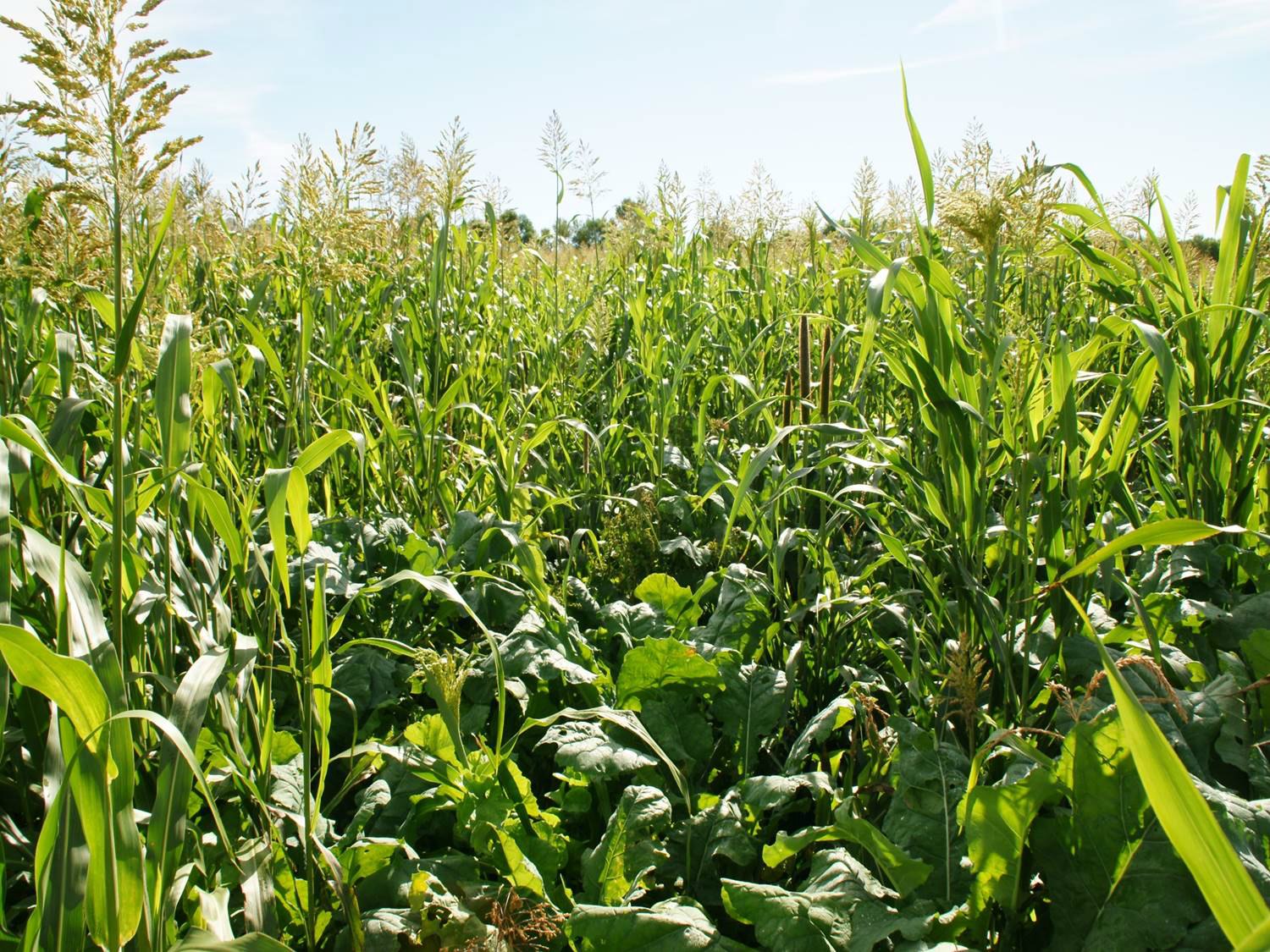
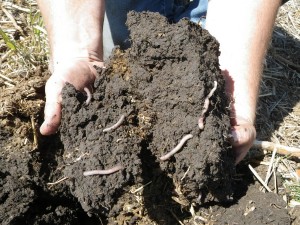
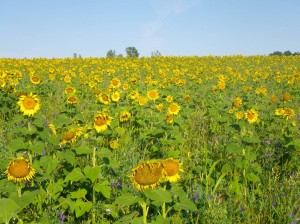
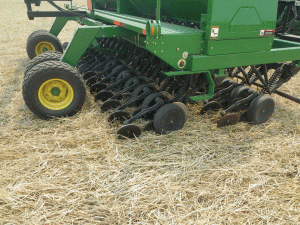
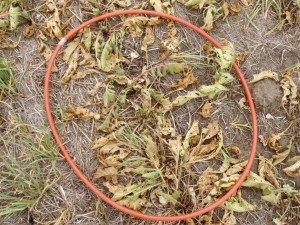
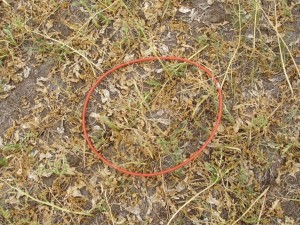
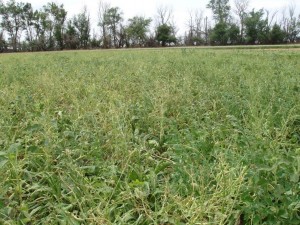

Thanks Kirrily. This is really interesting story. I’m just watching a youtube video from America. It does look impressive. The numbers of reduced herbicide use, fertilisers etc have they been calculated for farms in Australia? Are there many people in Australia that have adopted this technique? It would certianly be good to hear from people who are trying this technique – even locally in the North West.